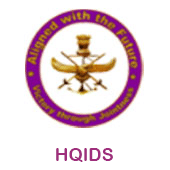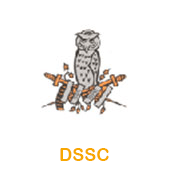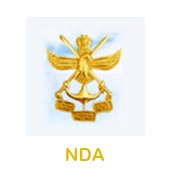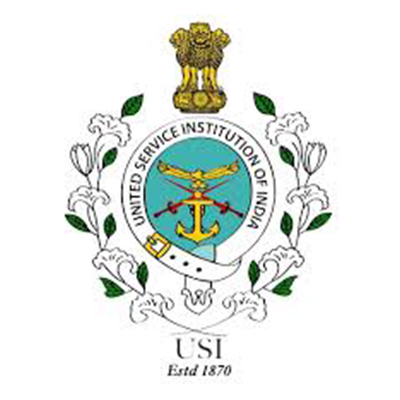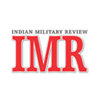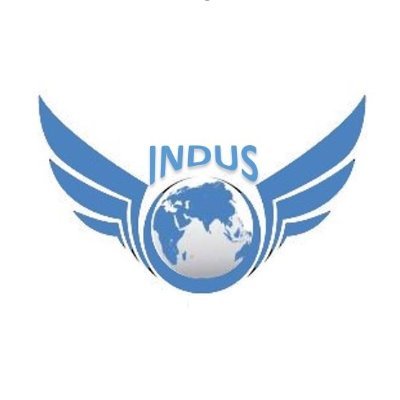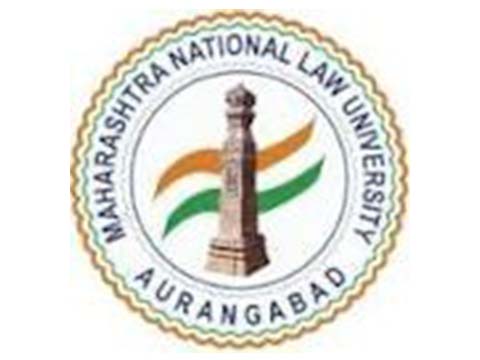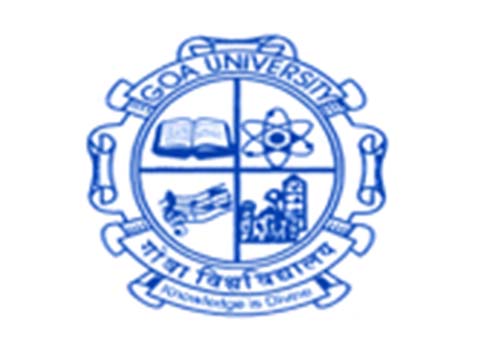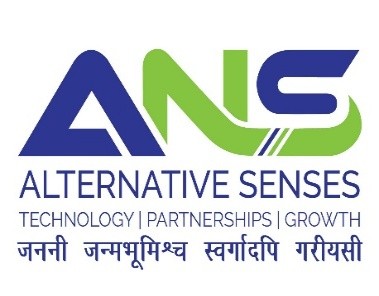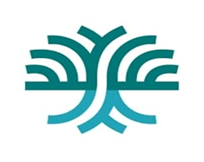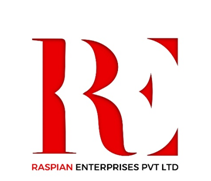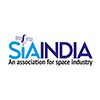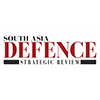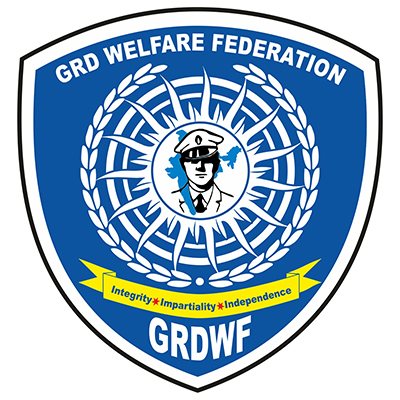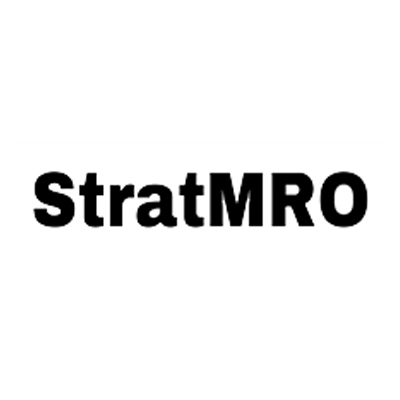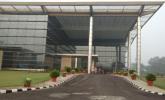
Seminar | 09-Oct-2019
Seminar | 26 – 27 SEP 2019
PROCEEDINGS OF SEMINAR : UAS INDIA 2019 CIVIL AND MILITARY
Introduction
1. CENJOWS and Indian Military Review jointly conducted a seminar titled UAS India 2019 civil and Military. The seminar was conducted at Manekshaw Centre, Delhi Cantt on 26 and 27 Sep 2019. The focus of the seminar was on military use of UAS on the first day and on the second day, deliberations were carried out on the civil use of UAS.
UAS SEMINAR 26 SEP 2019 : MILITARY USE OF UAS
INAUGURAL SESSION
2. Welcome Address. Lt Gen Vinod Bhatia, PVSM, AVSM, SM (Retd), Director of CENJOWS commenced the proceedings with the welcome address. He welcomed all the delegates and the speakers to the seminar and highlighted the significance of the 14 Sep 2019 attack on Saudi Arabia oil facilities by Drones and missiles. He explained that this would significantly change the nature of future wars by opening new domains which reduce the asymmetry as it offers economical and potent option for action by smaller nations and non state actors. He emphasized the importance of UAS systems in times to come and reiterated the aim of the seminar which was to bring all users on a common platform for discussing the use of UAS in the Indian context and come out with an action plan on the way ahead.
3. Inaugural Address. Air Marshall Rajeev Sachdeva, AVSM, Dy Chief of Integrated Defence Staff (PP & FD) gave the inaugural address wherein he gave an overview of the increased proliferation of Drones in prosecution of wars not just in Saudi Arabia but also by USA, China and non state actors. He highlighted the multifarious roles of the UAS and their immense application in the civil fields as well. He also discussed the regulatory framework and the necessity of control and regulation on flying of the drones in view of the security hazards posed. However these regulations should be done in consultation with the stake holders so that these do not stifle the growth of the UAS in times to come. He concluded by stating that the UAS will be an inseparable part of future wars which may evolve to pilotless aircrafts as demonstrated by USA.
4. Keynote Address. Lt Gen Sanjay Verma, AVSM, VSM**, DG Weapons & Equipment, Army HQ gave the Keynote address and described the historical background of the UAS. He explained the tremendous growth of the UAS in the last 20 years leading to evolution of a large variety of UAS with multiple roles varying from the palmtop class (Black Hornet) to MALE/HALE variety like Predator with tremendous capabilities. He emphasized the utilisation of drones in all domains of wars including the CI/CT ops and described how the boundaries of battlefield have changed with the changing nature of wars. The use of UAS gives immense powers to the user where the cost is less, proportionality of damage high and attributability can be denied. He gave an insight on the requirement of UAS in the Indian Armed forces and the asked the Industry to come up with indigenous solutions especially in the IDDM category. He further advised the Industry to manufacture in India so that supply chain is able to give lifetime support and costs are low.
5. Special Address. Lt Gen Raj Shukla, YSM, VSM, DG Perspective Planning, Army HQ highlighted the operational perspective of use of UAS especially in the future wars. He described the attack on the Saudi Arabia oil facility in detail and talked about the strategic effect of such low cost attack capable of producing disproportionate results especially when technology is enmeshed with operational imagination. Use of such Systems ensures that nothing is unassailable as shown in the Saudi attack where advanced systems like Patriot and Crotale could not detect and prevent the drones from striking their targets. He emphasized the need to energise the procurement system, tap local talent and mesh it with indigenous design and development to produce high tech systems. The challenge thereafter will be to marry it with operational imagination and execute tasks for furtherance of aim.
6. Release of IMR UAV Report. The session concluded with release of the IMR’s report on UAVs transformation in the third dimension compiled by Ernst and Young.
7. Industry Perspective. Col KV Kuber, Director, (Defence and Aerospace) Ernst and Young gave the industry perspective on the UAS. He stated that the global UAV market has generated $ 25.5 Billion in 2018-19 and is expected to grow at CAGR of 8.45% in the next 10 years. India is one of the fastest growing markets for the unmanned vehicles and one of the top importers of the UAV’s. Thereafter, he gave an overview of the technological developments in the UAS highlighting the importance of swarm UAVs in the times to come. He also gave an insight into the DRDO development story on UAV, the emerging demand of UAV in various categories, and the need for indigenous production. He highlighted the regulatory mechanism which is evolving and the steps taken to streamline these.
SESSION -1
EMERGING TECHNOLOGIES AND ROLES OF THE UAV’S
8. This session was chaired by Col KV Kuber, Director, (Defence and Aerospace) Ernst and Young. He was assisted by representatives from the industry as the co-panelists.
9. First Speaker. Mr Nuno FZ Baptista from Elcomponics, Spain gave an overview of manufacturing of high speed drones under Make in India and services. He gave an insight on creation of a startup ELAerob (registered as a MSME) which is manufacturing a number of products indigenously, utilizing the technology of the Spanish company Elcomponics thus giving impetuous to the Make in India policy.
10. Second Speaker. Sqn Ldr VS Srinivasan from TATA Advanced System spoke on the Commercial application of drones in India and highlighted the development of various UAS by TASL especially the mini UAV systems. He spoke about the emphasis being given to Indigenous design and development and the multiple fields where the UAVs can be employed.
11. Third Speaker. Dhinesh Kanagraj from Fabheads gave an insight on Advance composites manufacturing and 3D printing and informed that their company was the only company in India doing automation in composite materials. He said that Fabheads has been able to develop 3D printing machine for carbon fiber which provides the facility of 3D printing anytime, anywhere based on designs, thus increasing the flexibility in use and also reducing costs.
12. Fourth Speaker. Mr Rami Schnaidman of Rafael Advanced Defence System spoke on the concept of operations and technologies for next step in ISR with specific focus on Electro-optics. He spoke about the advantages of the Eye in The Sky and the utilisation of high tech EO products for generating and disseminating high quality intelligence.
13. Fifth Speaker. Mr Mayuresh Patil from LORD Corpn spoke about inertial sensors for Unmanned Vehicles. He explained the expertise of the company in the niche area of Inertial Nav sys and tech advancements being undertaken in this field.
14. Sixth Speaker. Mr Anand Subhedar director Business development, Corbham Aerospace communication described the Satcom connectivity and anti jam capabilities of the UAVs. He highlighted the products which allow seamless and secure communication to airborne sys with special reference to miniaturization of these sys which has great benefits in UAS.
SESSION -2
UAV CAPABILITIES AND REQUIREMENTS
15. This session was chaired by Maj Gen Shammi Raj, SM, ADG, Perspective Planning, Army HQ. He was assisted by representatives from the Services as the co-panelists.
16. First Speaker. Gp Capt P Dhawan, Director Offensive Ops, Air HQ spoke on the RPAs and the IAF. He gave an insight on the use of UAVs by the IAF, the current holding and the future requirements with the operational use envisaged and the payloads and other capabilities desired.
17. Second Speaker. Brig PS Raghav, Brig (RPAs, LRVs, Operations) Arty Directorate explained the utilisation and future requirement of UAVs for the Artillery. He explained the various categories of UAVs which will be required and the capabilities which are sought with special reference to payloads, survivability & other tech requirements.
18. Third Speaker. Capt (IN) Abhishek Ram, Director of Naval Air Staff, Naval HQ gave an insight on Drone operations across Maritime domain and its impact on Naval operations.
SESSION-3
INNOVATIONS AND COUNTER UAVs
19. This session was chaired by Air Vice Marshall Surat Singh, AVSM, VM, ACAS Ops (Space), Air HQ . He was assisted by representatives from the Services as the co-panelists.
20. First Speaker. Gp Capt Naval Jagota spoke on the IAFs search for innovative Ideas and highlighted the use of UAVs in HADR events across the country. He also gave insights on indigenous innovations being encouraged and supported by the IAF through competitions such as Mehr Baba competition.
21. Second Speaker. Col S Rajeev, Col Training army AD Dte, Army HQ spoke on Counter UAV technologies. He highlighted the relevance of the subject in light of the increased use of UAVs for offensive operations both by state and non state actors. He gave an insight on the available means for UAV engagements and the need of developing low cost new technologies for effective engagement which include Laser, microwave, guns and other soft kill mechanism.
22. Closing Remarks. Lt Gen Vinod Bhatia, PVSM, AVSM, SM (Retd), Director CENJOWS in his closing remarks highlighted that the event has succeeded in bringing together stake holders, the services, the industry and the academia in discussing issues of concern and generate synergy in suggesting solutions. He thanked the stake holders before closing the proceedings of the first day of the seminar.
UAS SEMINAR 27 SEP 2019 : CIVIL USE OF UAS
INAUGURAL SESSION
23. Welcome Address. Lt Gen Vinod Bhatia, PVSM, AVSM, SM (Retd), Director of CENJOWS welcomed the delegates. He appreciated the informative discussions of the previous day and encouraged the participants to continue to discuss and highlight the way ahead for the Industry especially the civil applications which were on the agenda for the day. He also welcomed Dr VK Saraswat, Member Niti Ayog and thanked him for his continued support and guidance.
24. Inaugural Address. Dr VK Saraswat gave the inaugural address and highlighted the impressive growth of the UAVs both abroad and within the country. He spoke about the increased application of UAVs in all spheres of activity both civil and military which will reduce the human involvement in times to come. He highlighted the emerging technologies like AI for mission control and planning, improved system engineering for better performance and reduced cost, high degree of precision, accuracy and quality in payloads, sensors and navigation. He further highlighted the regulatory environment and actions taken to resolve outstanding issues. He exhorted the industry to start manufacturing the components in India to reduce imports in line with the Make in India policy. He also spoke about the security challenges posed by the proliferation of drones and the need to balance the requirements of growth and regulations.
25. Keynote Address. Mr Siddharth Sivaraman, Chief Business officer, AP Aerospace & Defence Park spoke on the use of drones for Smart cities and highlighted the increased use of drones in urban planning and provision of services in multiple fields like policing, crowd control, mapping, fire fighting, disaster mitigation, Toxicology, e-delivery etc. He spoke on the challenges of certification and indigenous development of key technologies to provide a safe regulatory framework
26. Special Address. Brig Kuldeep Singh, Consultant NDMA gave insight on the use of UAVs in disaster mitigation. He highlighted the various stages of disaster management and UAVs have been able to assist in providing relief in many cases thus saving lives.
SESSION -1
MINI AND MICRO UAVs FOR DEFENCE AND CIVIL USES
27. This session was chaired by Maj Gen (Dr) GD Bakshi (Retd) SM, VSM, former GOC Romeo Force. He was assisted by representatives from the Govt and PSUs as the co-panelists.
28. First Speaker. Mr Ajit Singh IRSE, Indian Railways highlighted the use of Drones in mapping, automation of yards, laying of lines and monitoring the services.
29. Second Speaker. Mr Sanjeev Verma, Director Ministry of Mining spoke on the use of drones in the mining industry where they are being used extensively in numerous fields like Imaging, survey, 3D modeling, volumetric & stockpile analysis, haul road analytics etc.
30. Third Speaker. Mr Kaushik Das, DGM (CIMG,) GAIL, Noida gave a detailed brief on the use of drones for surveillance of gas pipelines. He also highlighted certain regulatory infirmities which are inhibiting extensive use of the drones.
SESSION -2
UAVs FOR LAW AND ORDER AND SECURITY
31. This session was chaired by Lt Gen BS Pawar, PVSM, AVSM, former DG Army Aviation. He was assisted by representatives from the CAPFs as the co-panelists.
32. First Speaker. Mr. Harjinder Singh, DIG (Equipment, CRPF HQ) spoke about the use of UAVs especially in the naxalite exploited areas, where these are being used extensively. He highlighted the various categories of UAVs being used by CRPF for both, offensive and defensive operations.
33. Second Speaker. Mr. Arun Singh, Sr. Commandant, IGI Airport, CISF spoke on countering drone menace at airports. He highlighted the extensive disruption to aviation being caused by drones. The unmitigated growth of drones and limited regulatory environment can be a security hazard for airport operations. There is a need to put in place improved regulatory policy and involving counter measures in secured areas.
CLOSING SESSION
34. Closing Address. Maj Gen Ravi Arora gave the vote of thanks and thanked all the delegates and participants for their presence on the two days and invigorating discussions carried out. He further stated that he looked forward to the same support and participation for the US seminar in 2020.
SUMMARY OF RECOMMENDATIONS
35. The seminar provided an opportunity to all the stake holders to discuss the relevant issues pertaining to drone operations with specific reference to the civil and military use in India. A number of important and relevant issues emerged which will provide the way forward in the growth of UAS in the country. These are summarized as follows:-
(a) The market for UAS is growing exponentially and its utility in all spheres will only increase. India is the top importer of drones and this should change. Indigenous production of drones and increased R&D in key technology is the way forward in order to align it with the Make in India policy.
(b) Regulatory environment needs clarity on a number of issues. This should be done at the earliest. All stake holders should be involved and the global best practices incorporated in the regulatory orders like CAR 2.0 which is under formulation in order to ensure the growth of the UAS industry.
(c) A separate cell needs to be opened in DGCA to deal with all issues pertaining to UAVs. Similar structures are required in the states.
(d) The nature of future wars has changed and UAS have caused a paradigm shift in reducing the asymmetry. The services must plan use of these with foresight and vision to accrue benefits.
(e) Extensive use by UAS in future wars by all the services mandates commonality of equipment, maintenance org, training and usage protocols to make it cost effective and synergised.
(f) Increased R&D in key technology is essential for security and should be encouraged and hand holding be carried out if required. Services should plan incubators to encourage R&D catering to their specific needs
(g) The security issues need to be kept in mind as the proliferation of the UAS happens. Regulatory environment should balance the competing requirements of extensive utilisation with security.
(h) Extensive use of UAS by our adversaries and also non state actors dictates our security measures need to be revised. Procurement of high tech eqpt capable of countering these systems needs to be expedited. Coordinated SOPs for all agencies engaged need to be evolved.

